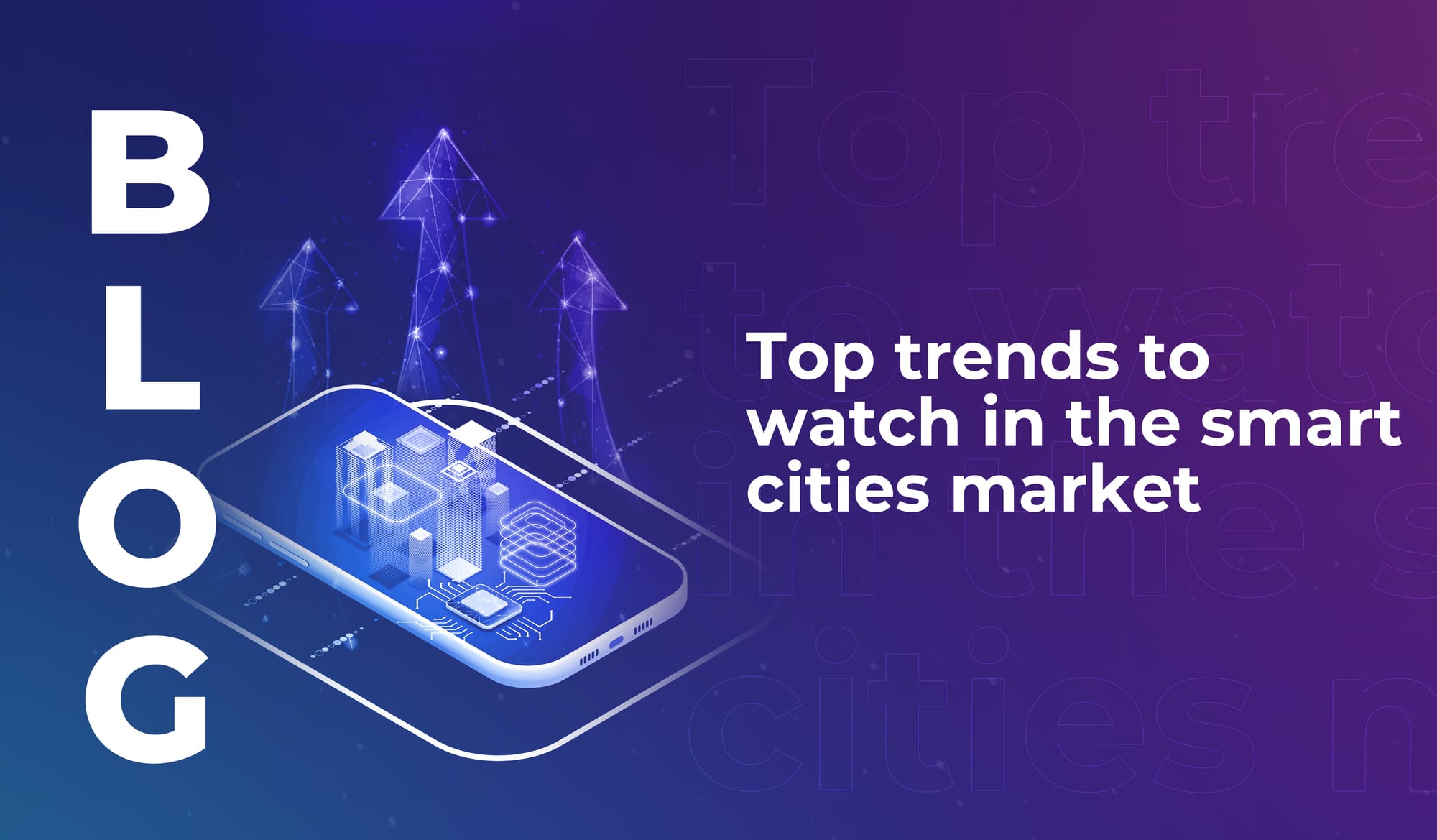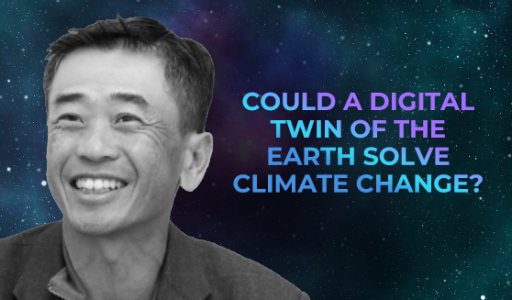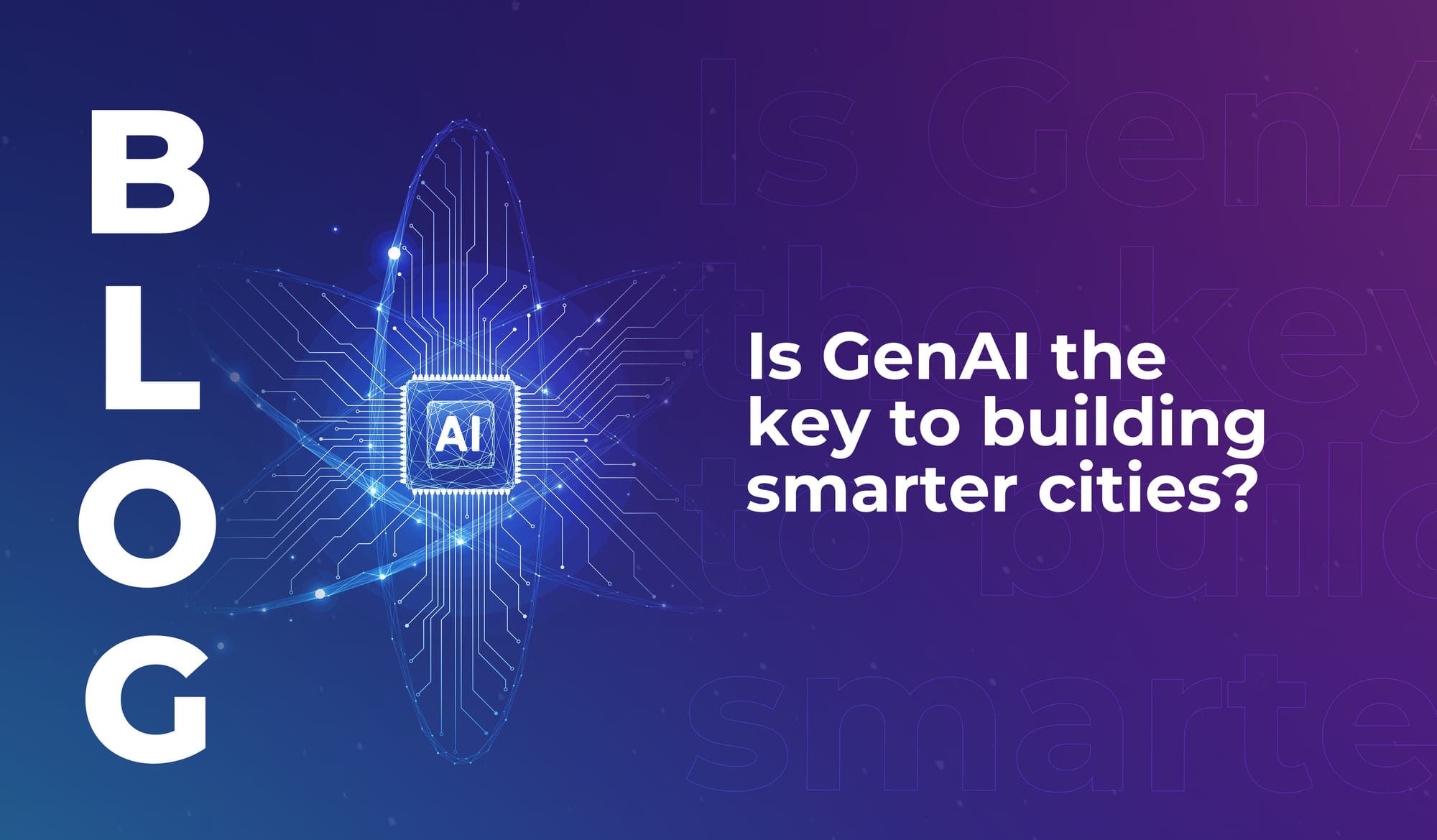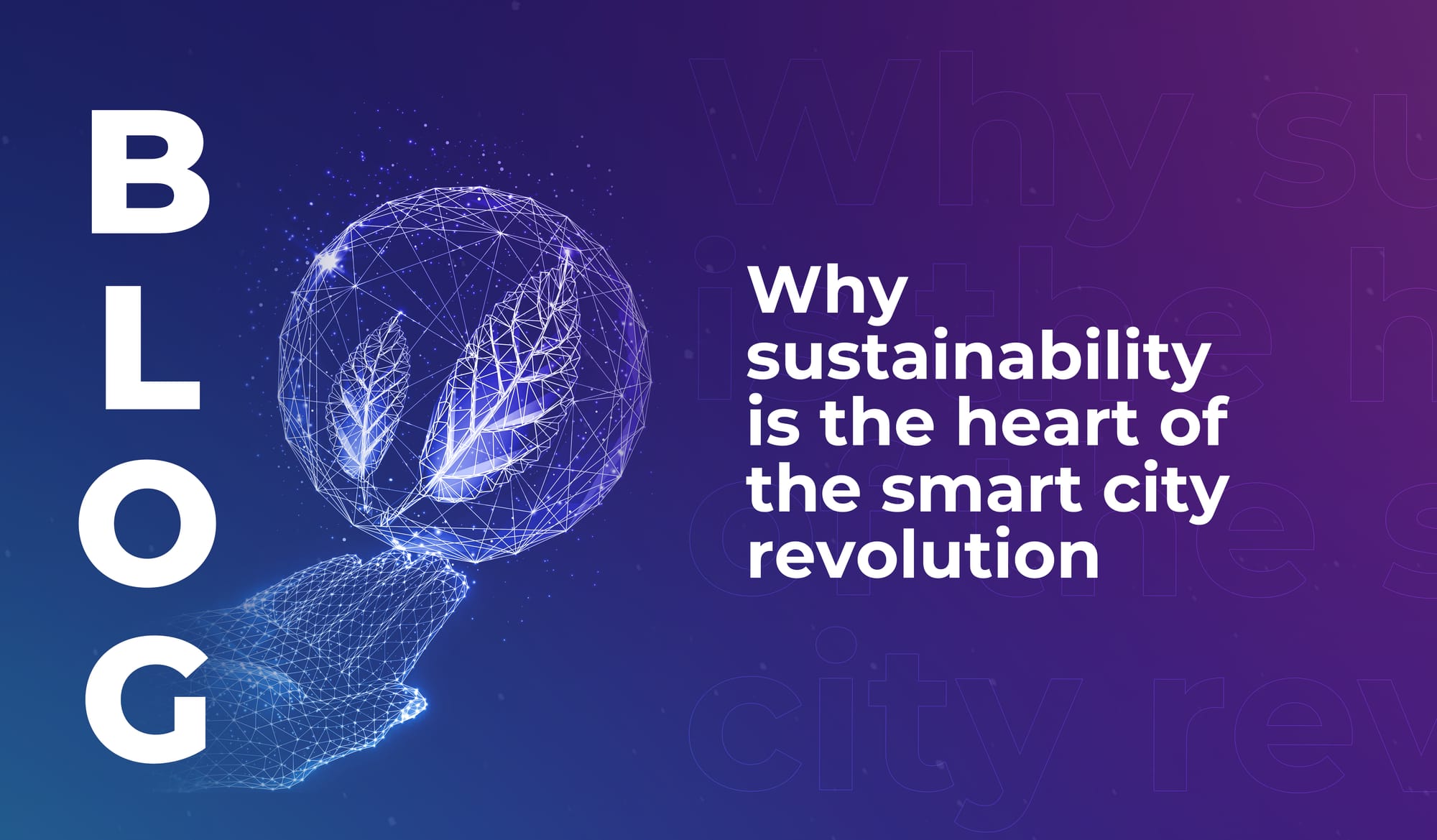
Top trends to watch in the smart cities market
Explore key smart city market trends for 2025–2030, from EV infrastructure to AI-powered waste systems – backed by the latest industry report.


“We want to be able to simulate the planet Earth up to a kilometre small,” said Dr. Simon See (Head of Nvidia AI Technology Centre and AI Nation) at #LEAP22. “We want to be able to visualise it.”
He was talking about technology under development by Nvidia that could change the way we look at earth sciences – and have a huge impact on our ability to mitigate climate change. Called the Nvidia Omniverse Platform, it uses an AI neural network simulator powered by a super computer, to take us closer to a realistic and interactive digital twin of Earth.
According to Dr. See, if we were to arrive at a functioning digital twin of Earth we’d be able to take a big leap forwards in earth sciences. But we’re not there yet: current computer power “can’t simulate the whole planet Earth,” he said, “we’d need almost a million times the super computer [power] right now in order to do that simulation.”
But innovators around the world are putting their minds (and resources) towards the development of Earth’s twin.
The European Union (EU) is developing digital Earth twins under a policy-driven project called DestinE, with plans for a user-friendly core service platform and a ‘Data Lake’ to maximise performance and enable scalability. Crucially, the DestinE twins will – in theory, at least – be accessible to users who aren’t scientific experts, allowing them to perform highly accurate and dynamic simulations of the planet’s systems, and improve prediction capabilities for the greatest possible impact: “for example to protect biodiversity, manage water, renewable energy and food resources, and mitigate disaster risks in a changing world.”
The EU also intends that these digital twins will inform and influence climate policy in Europe, so they’ll be deployed at a government decision-making level as well as at a practical level.
In September 2020, the European Space Agency (ESA) launched a series of activities that it said would be precursors to a digital twin – exploring some of the major scientific and technical challenges in creating an Earth twin, including how to approach hydrology, Antarctica, food systems, climate hot spots, and forests. Then in 2021 the researchers involved presented their potential solutions to those challenges; Italy’s National Research Council, for example, developed a 4D reconstruction of dynamic hydrology that provides a working model for a future (complete planet) digital twin. This DTE Hydrology Prototype has already been used for predicting landslide and flooding risk in northern Italy, and for water resources management.
A digital twin of Earth is hugely ambitious, and it’ll be a massive undertaking. It’ll also require a lot of cooperation and collaboration between different innovators, different scientific disciplines, different organisations, and different nations. But if we can get there, the implications could be equally monumental.
A digital twin of Earth would enable AI simulations for every kind of solution to carbon emissions and global warming, as well as predicting weather events and allowing us to minimise threat and damage. Nvidia’s Omniverse, for example, enabled scientists to analyse the behaviour of storms in order to predict the trajectory of Hurricane Dorian in September 2019, and build a picture of flooding before and after the storm hit to support emergency services.
Peter Bauer (Deputy Director Research at the European Centre for Medium-Range Weather Forecasts) told IEEE Spectrum that the goal is to create a platform that can bring together a wide variety of learning models in one place, to simulate key aspects of the climate (like the oceans, and the atmosphere) but also human systems: “So you’re not only monitoring and simulating precipitation and temperature, but also what that means for agriculture, or water availability, or infrastructure.”
So we’re not aiming for one complete simulation of the entire Earth that is finished, and fixed, and outputting information. Instead, we’re (collectively) working towards an interactive platform with a vast body of constantly updated real time data, and a wide range of learning models, that can be used to answer specific questions and solve specific problems.
If that sounds very complicated, that’s because it is. The world is a diverse, complex, constantly changing entity. But a working digital twin platform could enable us to test climate events, to test climate solutions, and to identify the best and worst ways to produce energy, minimise consumption, reduce risk, store carbon, and plan for the future – with highly competent AI modelling to guide us in the right direction.

Explore key smart city market trends for 2025–2030, from EV infrastructure to AI-powered waste systems – backed by the latest industry report.

Learn how generative AI is unlocking the true potential of digital twins – to make smart cities more efficient, inclusive, and citizen-focused.

The smart cities of the future will use tech to lower emissions, cut urban temperatures, and improve quality of life in highly populated areas.

Explore key smart city market trends for 2025–2030, from EV infrastructure to AI-powered waste systems – backed by the latest industry report.

Learn how generative AI is unlocking the true potential of digital twins – to make smart cities more efficient, inclusive, and citizen-focused.

The smart cities of the future will use tech to lower emissions, cut urban temperatures, and improve quality of life in highly populated areas.